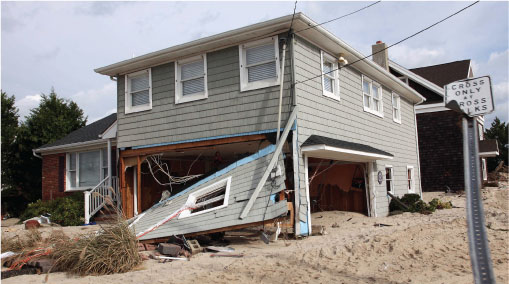 A lot of so-called “minor” damage can sometimes result in a hefty price tag in the aggregate.
A lot of so-called “minor” damage can sometimes result in a hefty price tag in the aggregate.
Superstorm Sandy's mammoth 500-mile span of sustained winds of at least 40 mph caused a good deal of low-severity direct wind damage, says Karen Clark & Co. (KCC)—enough for the firm to estimate insured wind losses due to Sandy at around $12 billion.
“The sheer number of claims adds up,” Karen Clark tells NU. “These claims have complexities, even though they're small.”
Recommended For You
Want to continue reading?
Become a Free PropertyCasualty360 Digital Reader
Your access to unlimited PropertyCasualty360 content isn’t changing.
Once you are an ALM digital member, you’ll receive:
- Breaking insurance news and analysis, on-site and via our newsletters and custom alerts
- Weekly Insurance Speak podcast featuring exclusive interviews with industry leaders
- Educational webcasts, white papers, and ebooks from industry thought leaders
- Critical converage of the employee benefits and financial advisory markets on our other ALM sites, BenefitsPRO and ThinkAdvisor
Already have an account? Sign In Now
© 2025 ALM Global, LLC, All Rights Reserved. Request academic re-use from www.copyright.com. All other uses, submit a request to [email protected]. For more information visit Asset & Logo Licensing.








